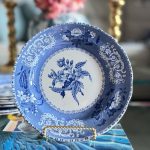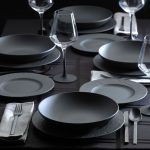Japanese tableware is celebrated not only for its functionality but also for its subtle beauty. The minimalist approach of Japanese tableware reflects a deep-rooted cultural philosophy that values simplicity, natural beauty, and tranquility. With clean lines and an emphasis on quality over quantity, Japanese tableware is more than just a tool for dining; it’s an experience. In this article, we will explore the unique characteristics of Japanese tableware, including its design principles, materials, and how it has influenced global dining culture. Whether you’re an enthusiast of Japanese aesthetics or simply seeking to elevate your dining experience, Japanese tableware offers something truly special.
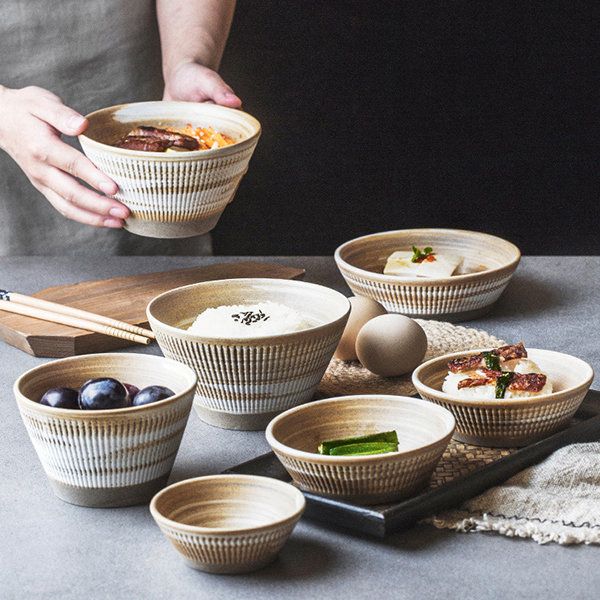
The Aesthetic Principles Behind Japanese Tableware
One of the key features of Japanese tableware is the minimalist design. Unlike the ornate tableware found in many other cultures, Japanese tableware tends to focus on simplicity, highlighting the natural beauty of the materials used. A crucial concept in Japanese design is “wabi-sabi,” which celebrates imperfection and the passage of time. Each piece of Japanese tableware is often handmade, and this uniqueness contributes to the beauty of the object. Whether it’s a bowl, plate, or teacup, the form follows function, but it’s the harmony and elegance that draw people to these items.
Japanese tableware also embraces the principle of “shibui,” a Japanese aesthetic that values understated beauty and subtle elegance. The design often favors neutral tones such as beige, white, and earth tones, allowing the food to take center stage. This contrasts with the more vibrant and complex designs of other cultures. As a result, Japanese tableware can complement a wide range of cuisines, from traditional Japanese dishes to modern fusion meals.
Traditional Materials Used in Tableware
Japanese tableware is crafted from a variety of materials, each selected for its beauty, durability, and practicality. Porcelain is one of the most common materials used in high-quality Japanese tableware, known for its smooth texture and ability to maintain temperature. Another popular material is ceramic, which is often used for rustic designs. The different types of ceramics, such as Kutani or Arita porcelain, are distinguished by unique glazes and patterns that reflect the region of origin.
Wood is also used in many traditional Japanese tableware sets, especially for serving bowls and trays. Wood adds a warm, organic feel to the table, and it’s often chosen for its durability and aesthetic qualities. In addition to these materials, Japanese tableware may feature metal accents such as brass or copper. The mix of materials ensures that each piece serves its purpose while contributing to the overall aesthetic of the dining experience.
Each material used in Japanese tableware carries its own cultural significance. For example, porcelain often represents purity and refinement, while ceramic embodies rustic simplicity. Wood-based tableware conveys a deep connection to nature, which is an essential element of Japanese philosophy. The careful selection of materials is what makes Japanese tableware so unique and highly valued.
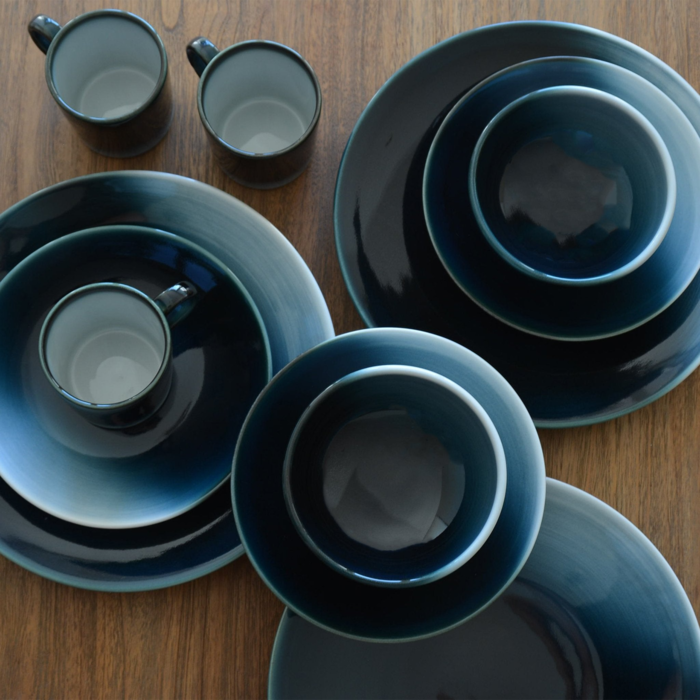
The Role of Japanese Tableware in Japanese Cuisine
Japanese tableware plays a central role in the presentation of Japanese cuisine, which emphasizes the visual appeal of food. In traditional Japanese dining, the choice of tableware can be just as important as the food itself. The arrangement of dishes on the table is carefully considered, with an emphasis on balance and harmony. Each piece of tableware is chosen to complement the color and texture of the food, enhancing the overall dining experience.
For example, a delicate sushi platter might be served on a simple, low-rimmed porcelain plate, while a hearty bowl of miso soup might be served in a wooden bowl. The goal is to create a sense of unity between the food and the tableware, so that both elements contribute to the aesthetic pleasure of the meal. In this way, Japanese tableware becomes an integral part of the sensory experience, influencing how the food is perceived and enjoyed.
The minimalist design of Japanese tableware also encourages mindfulness and appreciation for the meal. The simplicity of the pieces allows the focus to remain on the food itself, helping diners to connect with the flavors and textures in a deeper, more intentional way.
How Japanese Tableware Influences Global Dining Trends
Over the years, Japanese tableware has made its way into dining rooms and restaurants around the world. Its minimalist and understated beauty has resonated with people from various cultural backgrounds, influencing dining trends globally. The rise of the “slow food” movement, which emphasizes the importance of quality over quantity, has contributed to the growing popularity of Japanese tableware in contemporary dining.
Additionally, Japanese tableware’s emphasis on craftsmanship and quality over mass production aligns with a global interest in sustainable and artisanal products. As people become more conscious of the environmental and ethical implications of their purchases, the demand for high-quality, handmade items like Japanese tableware has grown. Many chefs and home cooks alike are turning to Japanese tableware for its timeless elegance and ability to elevate the dining experience.
In recent years, we’ve seen the fusion of Japanese design with other global culinary traditions. Japanese tableware is now commonly used in restaurants serving Mediterranean, French, and even American cuisine. This cross-cultural exchange highlights the versatility of Japanese tableware and its ability to complement a wide variety of food styles.
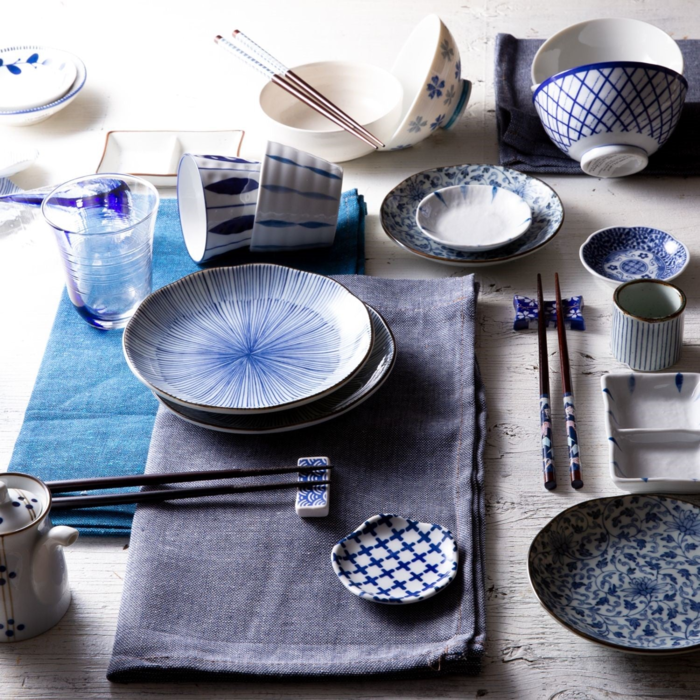
The Significance of Seasonal Changes in Japanese Dinnerware Design
In Japan, the changing seasons are not just a backdrop for life; they are deeply intertwined with the culture, influencing everything from festivals to fashion. This seasonal awareness also extends to Japanese tableware. Designers often create pieces that reflect the current season, incorporating motifs that evoke the colors, textures, and natural elements associated with that time of year.
For example, in the spring, you might find Japanese tableware featuring cherry blossom motifs or soft pastel colors. In the winter, darker, richer hues and more substantial materials might be used to reflect the colder months. This seasonal connection adds another layer of meaning to the tableware, making it more than just functional. It becomes a representation of the cyclical nature of life and the natural world.
This attention to the seasons also helps to create a more immersive dining experience. By using tableware that reflects the time of year, diners can engage more deeply with the cultural significance of the meal. Japanese tableware, with its seasonal motifs and designs, encourages a deeper connection to both the food and the surrounding environment.
Caring for Your Japanese Dinnerware: Tips for Longevity
While Japanese tableware is known for its durability, it still requires proper care to maintain its beauty and functionality. Porcelain and ceramic tableware should be handled gently to avoid chips and cracks. While wooden tableware should be cleaned and dried thoroughly to prevent warping or staining. In general, it’s best to hand wash Japanese tableware rather than using a dishwasher, as the harsh detergents and high heat can damage delicate pieces over time.
Additionally, many Japanese tableware pieces have unique finishes or glazes that require special attention. Some ceramic bowls may need to be seasoned before use. Additionally, they may require specific cleaning methods to preserve their glaze. It’s important to follow the care instructions that come with your tableware to ensure it lasts for many years.
Taking care of your Japanese tableware protects your investment in these beautiful pieces. It also shows respect for the craftsmanship and cultural significance behind them. Well-maintained tableware will continue to enhance your dining experience for years to come.
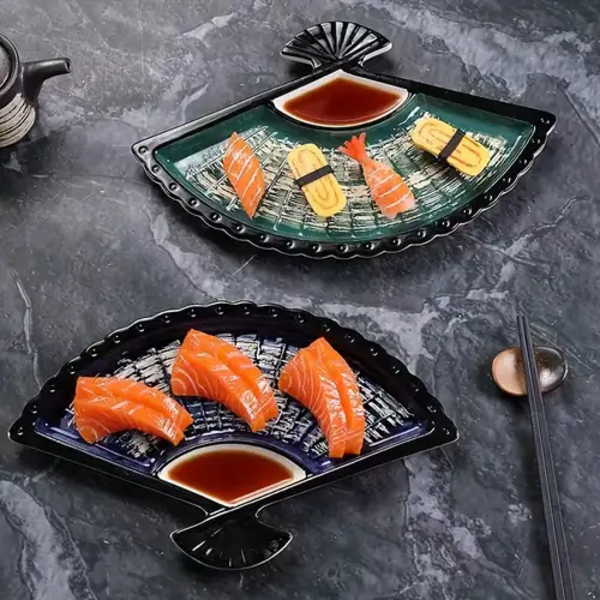
Where to Find Authentic Japanese Dinnerware
Finding authentic Japanese tableware can sometimes be a challenge, as there are many imitations on the market. However, there are reputable sources where you can find high-quality pieces crafted by skilled artisans. Specialty stores that focus on Japanese imports or handmade goods are often a good place to start. These stores typically work directly with artisans in Japan. They offer a wide range of authentic pieces, from simple dinnerware to intricately decorated serving platters.
Online retailers also provide access to Japanese tableware, but it’s important to read reviews and ensure that the seller offers authentic products. Many online stores specialize in Japanese tableware and collaborate directly with Japanese craftsmen. This ensures that the pieces are both high-quality and authentic. Visiting Japan offers an unparalleled opportunity to experience traditional tableware firsthand. It’s also a great chance to purchase directly from artisans and dive deeper into the world of Japanese design.
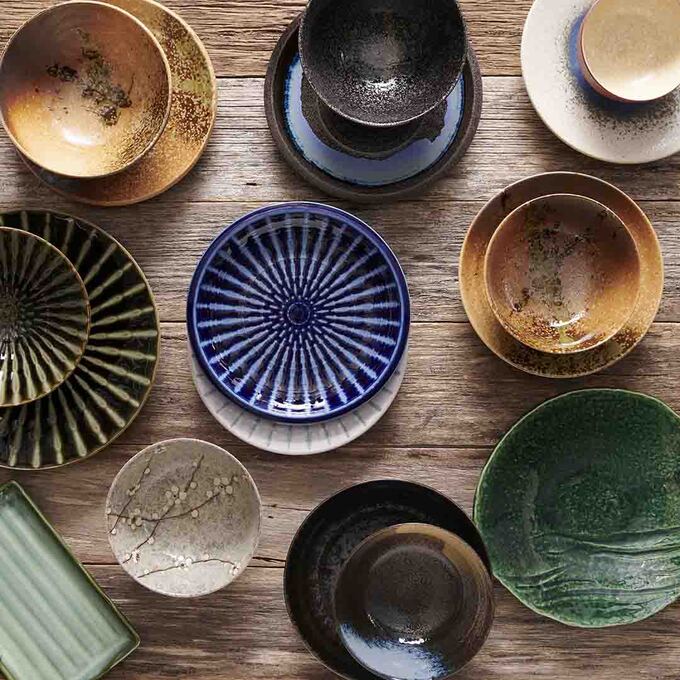
Conclusion:
Japanese tableware is more than just a functional item; it is a celebration of culture, craftsmanship, and aesthetic beauty. With its minimalist design, use of natural materials, and deep connection to nature. Japanese dinnerware offers a dining experience unlike any other. Whether you are looking to enhance your personal collection or introduce a new dimension to your restaurant or home dining experience. Japanese tableware provides timeless elegance that can elevate any meal. Embrace the beauty and simplicity of Japanese dinnerware, and you’ll find that it becomes more than just an object. It becomes an integral part of the dining experience.
